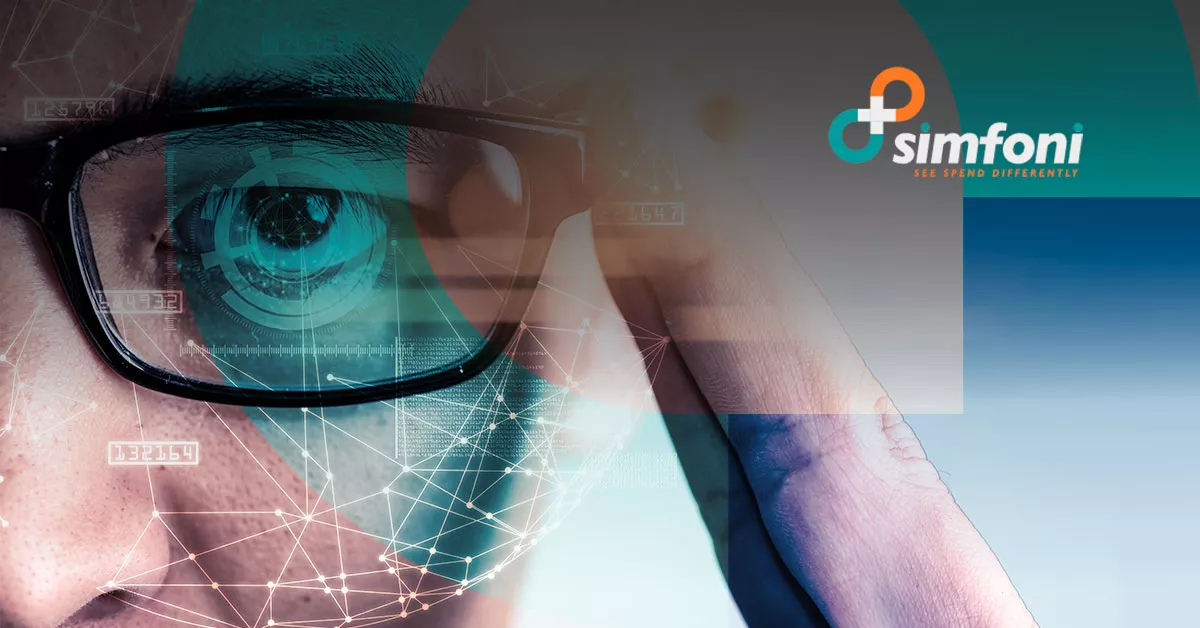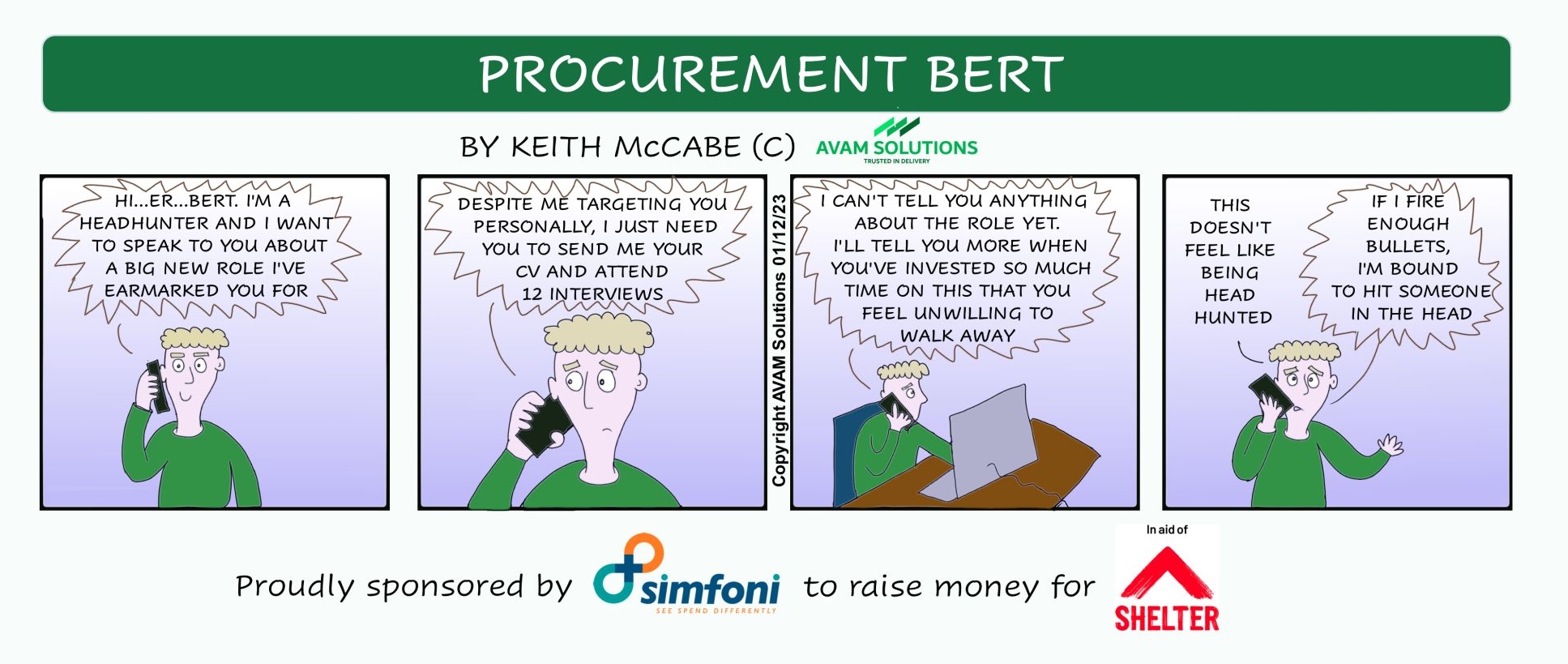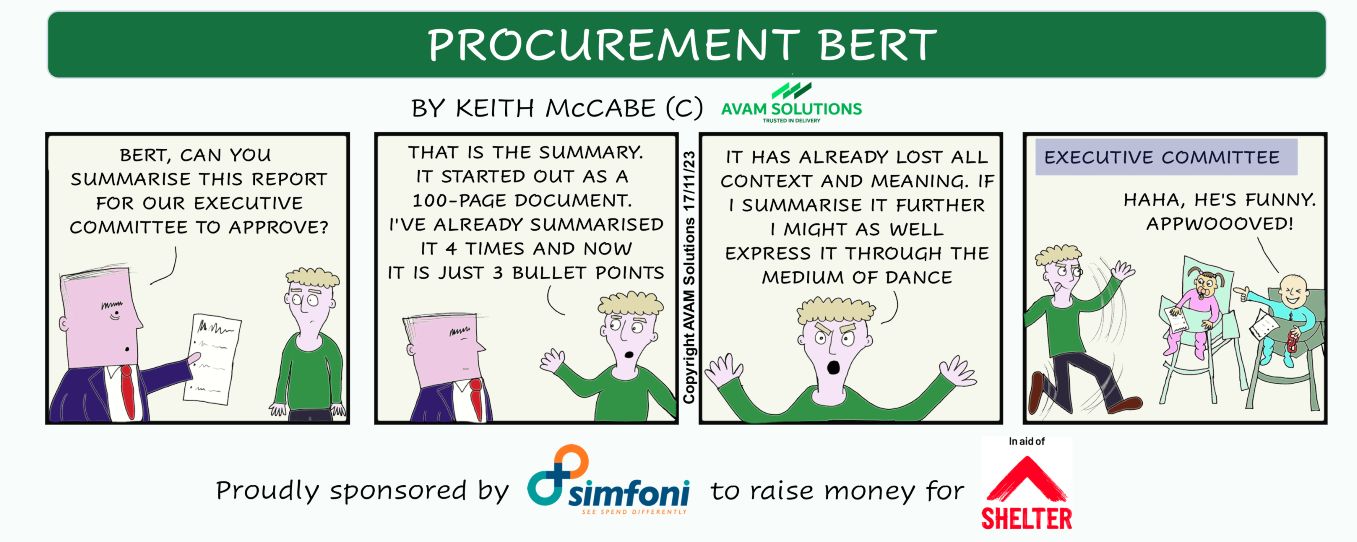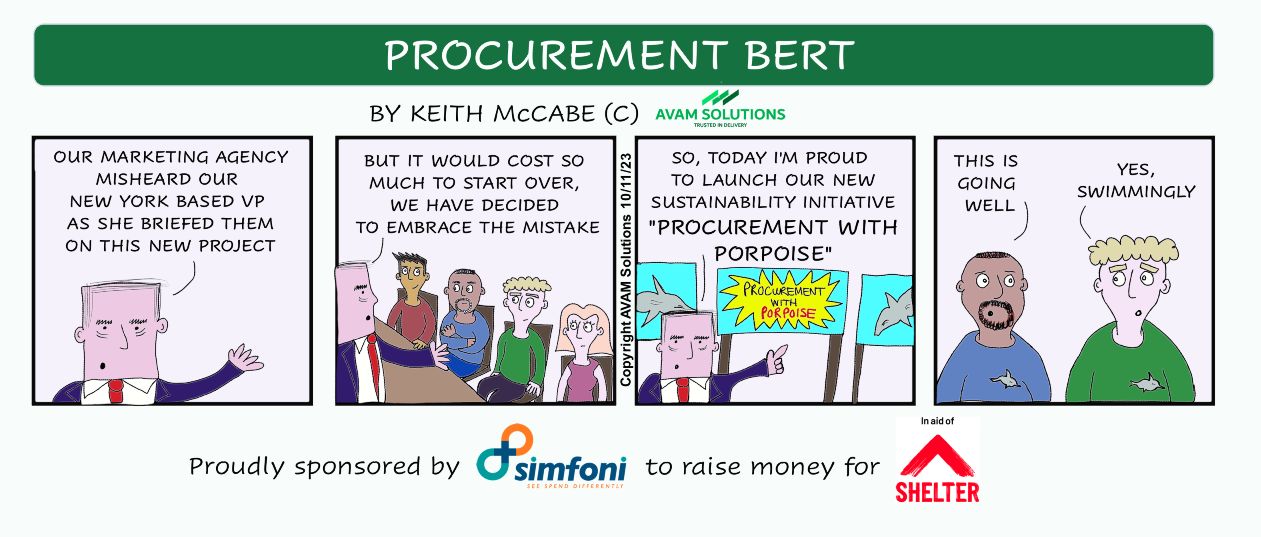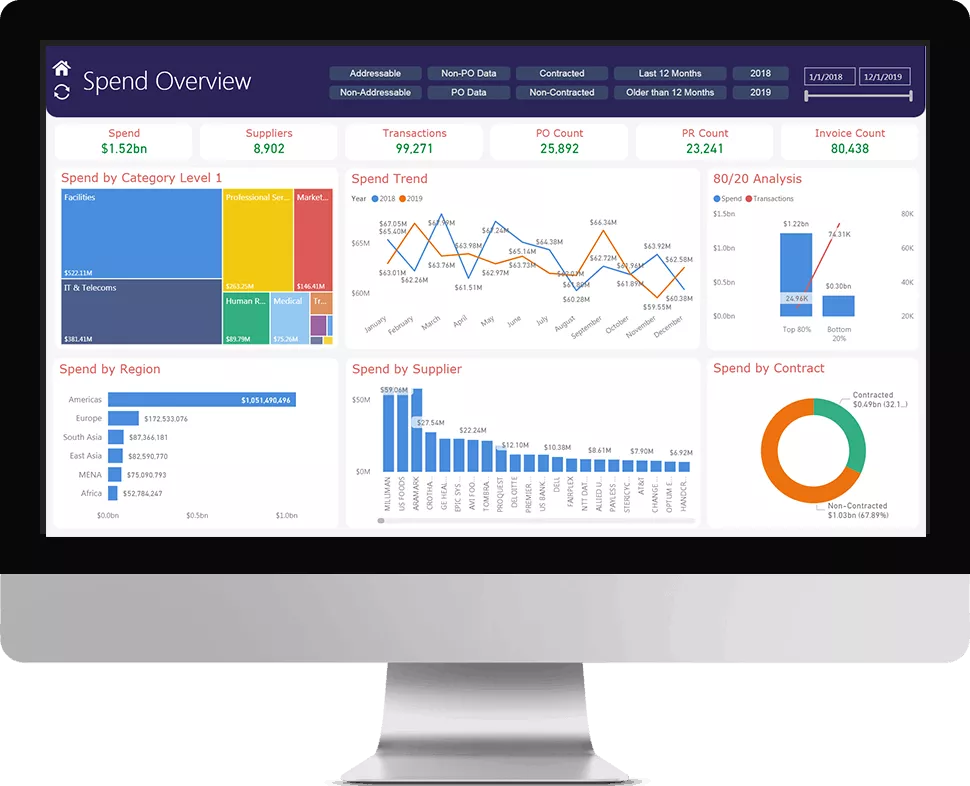Spend analysis is the procurement strategy process of reviewing current and historical expenses. The aim of this strategy is to reduce costs, improve strategic procurement, and increase the efficiency of spending management. Spend analysis requires spending data processed into KPIs and metrics and then viewed to reveal trends, eProcurement, and spend management levels. Enriched to ensure that all required fields are completed and within compliance.
Processed by an intelligence engine, a business rules engine, and human spending analysts within procurement who are very familiar with the data set. Organizations need to have a full vision of their procurement functions to change for and improve for the better. Acquisitions require control and retention of total expenses across departments. Since the organization has multiple ERPs for different categories, it becomes difficult to combine them and more.
Such metrics practice is useful for tracking transactional purchases, but a spending forecast can only be obtained if you have a clear view of your company’s exact spending. Not only does this strategy allow the CPO and procurement to strategically plan future expenses, but it also has an insight into how the company’s expenses have changed over the years. To measure, improve and control company expenses, business analysis needs to be conducted by procurement to better understand how much the company is spending to be able to control every transaction. Spend data supports the company from procurement through to the payment cycle.
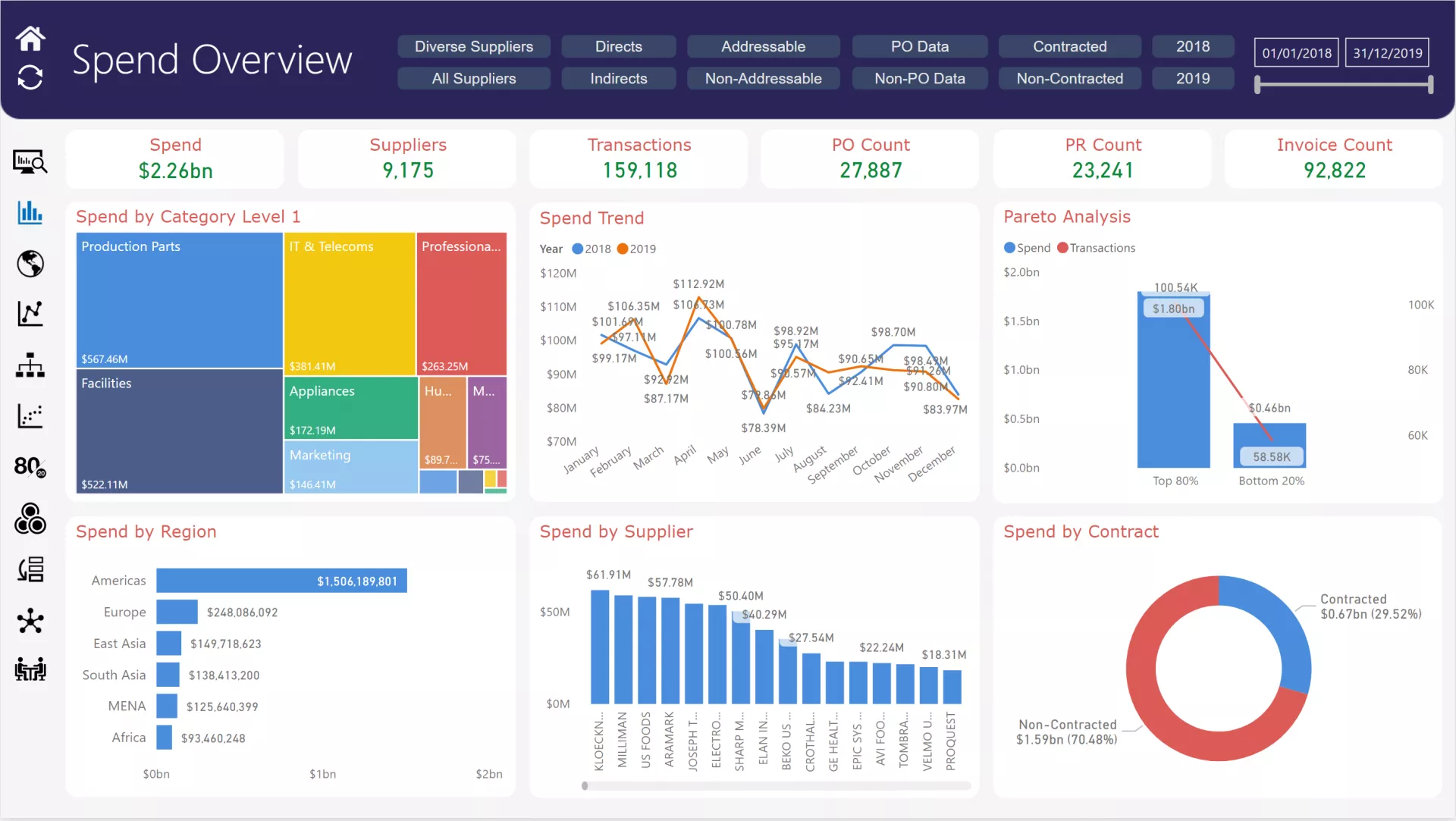
The 4 Cs of Spend Analysis process are described below:
Collaboration: Spend Analysis enables the company to identify similar purchases from vendors. To shortlist the best providers for the respective category, the purchases and costs must be assessed. This helps the company process and choose the best providers who offer inexpensive yet efficient services. These providers offer better services at minimal transaction and costs and thus allow companies to work with them. The supplier-buyer relationship is very important in maintaining healthy long-term relationships with a particular supplier and leads to cost savings and economies of scale.
Consolidation: An effective spend analysis process is the combination of all expenses from all business areas of a business organization. Different ERPs require a consolidated and unified view to understand the costs and the volume associated with the expenditure.
Read More:- What is Procure to Pay – A Guide to Procure-to-Pay (P2P) Process
Classification: After consolidation, another important thing is to classify the expenditure according to the different categories involved. Have your expenses properly classified with the exact name of each purchase so that they can be further analyzed at small levels to understand where money is being used and to identify the need to change trading practices with each vendor. Overshopping and dissent also develop in this step. Therefore it is important to stay within compliance.
4C’s approach provides the holistic report that provides information on the company’s total spending with categories, vendors, etc. indicated so that CPOs and procurement can make effective decisions conduct a complete and effective analysis.
Read More:- Comprehensive Guide to Procurement Management by Simfoni’s Procurement Professionals
Here are seven steps to get you started:
Step 1: Identify Your Sources of Information
Step 2: Gather data in one central location
Gather and consolidate all your spending data in a central database, in different formats, different languages, and different currencies. However, there are programs designed specifically for this. If you already have a single platform for most of your spending data, this step is much easier. If not, focus on gathering everything up first and then working on converting it to a common format.
Step 3: Clean Up to a High Level
The next step is to clean up your data, which includes finding and correcting errors in descriptions and transactions, and standardizing expense data for easy viewing. It is important to be thorough at this stage. The more precise your results are and the more effectively you can use them for your decisions. Lots of hands make the job easier, so don’t be afraid to distribute the workload among a few team members, but you should set clear guidelines and standards for consistency across your database.
Step 4: Group by Provider
Next, group or link your providers for better provider management. You may have multiple suppliers that share a parent company so you may want to add them to increase purchasing power; for example, consider making purchases from IBM, IBM Corp. or Cognos because they are the same supplier. This step will give you a more accurate picture of your actual number of vendors and the volume of business you are doing with each individual vendor.
Step Five: Categorize
Categorize your expenses. There are a few standard category classification systems such as UNSPSC and ECLASS that you can choose from. follow, but you can also use your own company-specific categories. Either way, you need to be able to determine where you are spending the money. Office supplies, marketing, travel expenses, legal expenses, and direct and indirect expenses should all be properly classified so that you can begin developing a category strategy and generating additional savings. Once you have this insight into expense management, you can make decisions that will affect the bottom line.
Read More: – What is Source to Pay – A Guide to Source-to-Pay (S2P) Process
Step Six: Analyze
Analyze your spending data. In this step, you want to measure some cost analysis KPIs to get a better idea of your performance. You need to keep tabs on savings, cost reductions, and more, but many companies want to highlight the vendor’s performance side. Make sure you have negotiated the best contract deals now that you have identified all your expenses by the provider. Your buyers buy from preferred suppliers and reduce the number of suppliers per category.
Step seven: Repeat the repetition.
Contact us today to learn more about processes that can help your organization deliver using Simfoni’s best-in-class Spend Analytics, Savings Tracking & Tail Spend Management Technology Solutions.
